Coordinating and a wide range of agencies and stakeholders can be challenging. For the ATSEA-2 Programme to be effective, all stakeholders in PNG must be synergised towards programme implementation. The availability of agency representatives has been an issue that resulted in a lack of representation for several stakeholders at previous project meetings, and it is this issue that needs to be addressed if the programme is to be successful.
All stakeholders of Phase 2 of the Arafura and Timor Seas Ecosystem Action Programme in Papua New Guinea (ATSEA-2 PNG), who range from the relevant state agencies to NGO and development partners, have welcomed the programme and individually expressed their support for it. Engaging all stakeholders separately is less challenging then getting them to attend a meeting such as the National Inter-Ministerial Committee (NIMC) or the Stakeholder Partnership Forum (SPF) event.
In 2021, relevant state agencies were invited to the NIMC to provide policy advice and technical insights, while key private sector agencies forming the SPF provided additional technical advice and collaborated on projects. The implementing agency and senior beneficiaries form the National Project Board (NPB), which makes important decisions for the project, including work plans and budgets.

The main issues identified by stakeholders as reasons for not being able to attend meetings in 2021 were lack of internet (or poor-quality connection), short notice, not knowing or fully understanding the programme, or contact person(s) not being available. The project has improved meeting attendance by providing internet data to those with internet problems and giving sufficient notice of at least a week prior to a meeting. The National Coordinating Unit (NCU) of PNG has continued its engagement with stakeholders, so they can fully understand the project. Although these steps have helped to improve the attendance at stakeholder meetings, some representatives were still unable to attend.
Upon further investigation, it was discovered that there is often only one contact person at a stakeholder agency, and that person does not necessarily delegate responsibilities during their absence. When there is only one focal point at an agency with no alternative, it is hard to engage with that agency, because other officers are not familiar with the ATSEA-2 Programme. The lack of effective involvement in the project was echoed by the Managing Director of the Climate Change and Development Authority (CCDA), when he said in a meeting: “I don’t need to be involved in the implementation of the project, my manager or her delegate should be involved.”
Moving forward, ATSEA-2 PNG will try to engage with more than one representative of each stakeholder agency, to ensure coverage when the primary contact person is not available. ATSEA-2 PNG currently engages with stakeholder contacts from the manager level and up. The alternative contacts will also be at manager level or higher, although lower-level alternatives will also be considered. The challenge now is to keep stakeholders engaged with the project through individual engagements and the NIMC and SPF meetings. The NCU should continue to provide project updates and invite stakeholders to project meetings and workshops to keep them involved and interested, so they can continue to engage with the project.
(Kenneth Yuanje)


